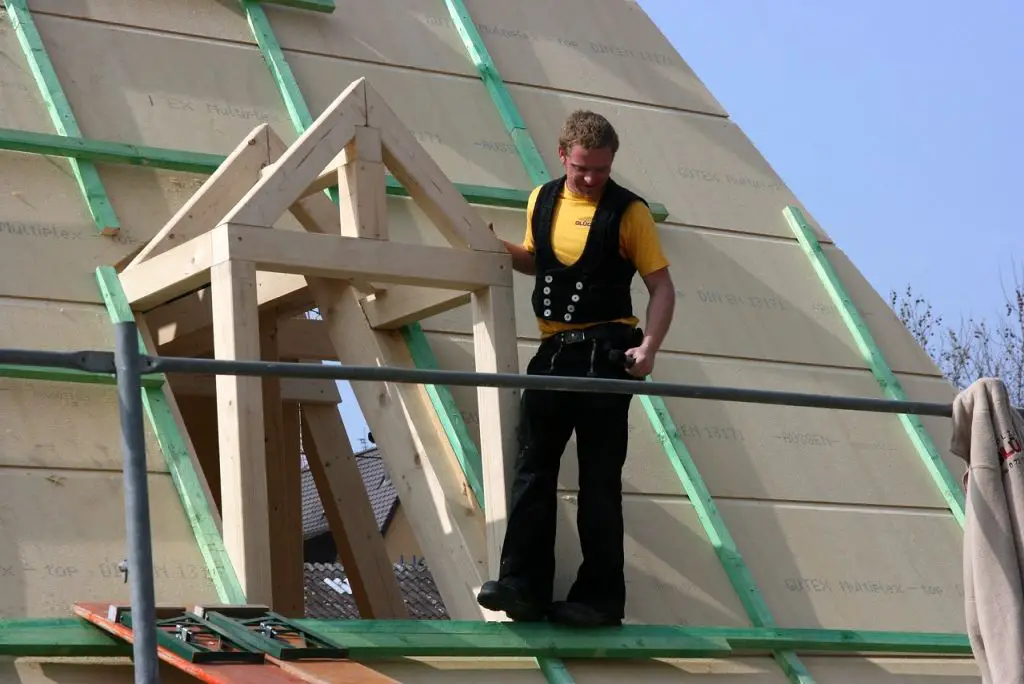As a homeowner, you will likely encounter some roofing issues at one point or another. These issues can be a headache and may require you to spend a lot of money to fix. Here are the top 5 most frequent roof issues you should know about.
Leaks and Weather-Related Problems
No matter what type of roof you have, roof leaks are a sign of a problem. Leaks may be caused by improper installation or poorly installed moisture barriers, head laps, and backwater laps. Additionally, poor seams in single-plied membrane roofs may also cause leaks and blisters leading to roof failure. Extreme weather events such as snow, ice, rain, and running water may also have negative effects on the guttering system.
Flashing Related Problems
Improperly installed flashing can lead to more than just leaks; it can also cause blow-offs and other roofing issues. Open seams and laps can result from poorly installed flashing, and a limited number of fasteners in the base may also cause problems. Wind resistance may also be reduced if seams are not properly completed, particularly in cold-applied roofing systems that need to be cured before they are exposed to wind and rain. If your roof is not yet properly cured or if wind uplift occurs, moisture may infiltrate your roof membrane.
Poor Installation
Installation is a significant factor in the longevity of your roof. Poor installation can cause roof damage and significantly reduce the roof’s lifespan. One common problem related to poor installation is the unsatisfactory workmanship of the installer. Several steps should be followed before beginning any roof work, and if they are not done well, they can cause problems later on. Some areas of your roof are difficult to walk on, so they are often ignored. However, these areas are essential and should be clean, dry, and primed correctly before installation. Roof installers should also lay the roof bedding first before installing. Materials should be adequately prepared to ensure a quality installation. Make sure that your chosen roofers are knowledgeable of their job to avoid any flawed installation.
Lack of Maintenance
Roofing systems require regular maintenance. However, due to time constraints, financial concerns, and business continuity, the maintenance of your roof may be neglected entirely. You should educate yourself about roofing system products to know the proper activities in caring for your roof and the signs that may indicate you need repairs. Regular inspections and detecting small problems early can prevent them from worsening and extend the life of your roof.
Poor Repairs
When homeowners try to fix roofing issues themselves or when hired roofers use sub-par materials that are not suitable for specific roof types, it can lead to permanent damage to your roof. Small problems can worsen due to improper repairs. If you detect any roofing issues, contact your roofer and let them assess the situation. The repair products used should be in line with the manufacturer’s instructions to ensure proper use.
By knowing the most frequent roof issues and how to prevent them, you can save money in the long run and extend the life of your roof. Don’t neglect your roof; take care of it regularly to avoid significant problems down the road.
FAQ:
- What are the most common causes of roof damage? The most common causes of roof damage are weather-related issues, poor installation, lack of maintenance, and improper repairs.
- How often should I have my roof inspected? It is recommended to have your roof inspected at least once a year, especially after severe weather conditions.
- How long does a typical roof last? The lifespan of a roof depends on several factors, including the type of material used and the quality of installation, but most roofs last between 15 to 25 years.
- Can I repair my roof myself? While some minor repairs can be done by homeowners, it is best to hire a professional roofer to ensure proper repair and prevent further damage.
- What are some signs of a damaged roof? Some signs of a damaged roof include leaks, missing or damaged shingles, cracks or holes in the roof, and visible water stains on the ceiling.
- How can I maintain my roof? Regular maintenance includes keeping the roof clean and free of debris, trimming nearby trees, and having it inspected and repaired by a professional.
- What should I do if I suspect a roof leak? If you suspect a roof leak, it is important to contact a professional roofer as soon as possible to prevent further damage.
- Can I install a new roof over an existing one? While it is possible to install a new roof over an existing one, it is generally not recommended as it can lead to additional weight and potential structural issues.
- How much does it cost to replace a roof? The cost of replacing a roof varies depending on several factors, including the size of the roof, the type of material used, and the complexity of the installation, but can range from several thousand dollars to tens of thousands of dollars.
- Does homeowners insurance cover roof damage? Homeowners insurance may cover roof damage caused by specific events, such as hail or wind damage, but it is important to review your policy and understand your coverage.
